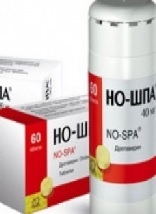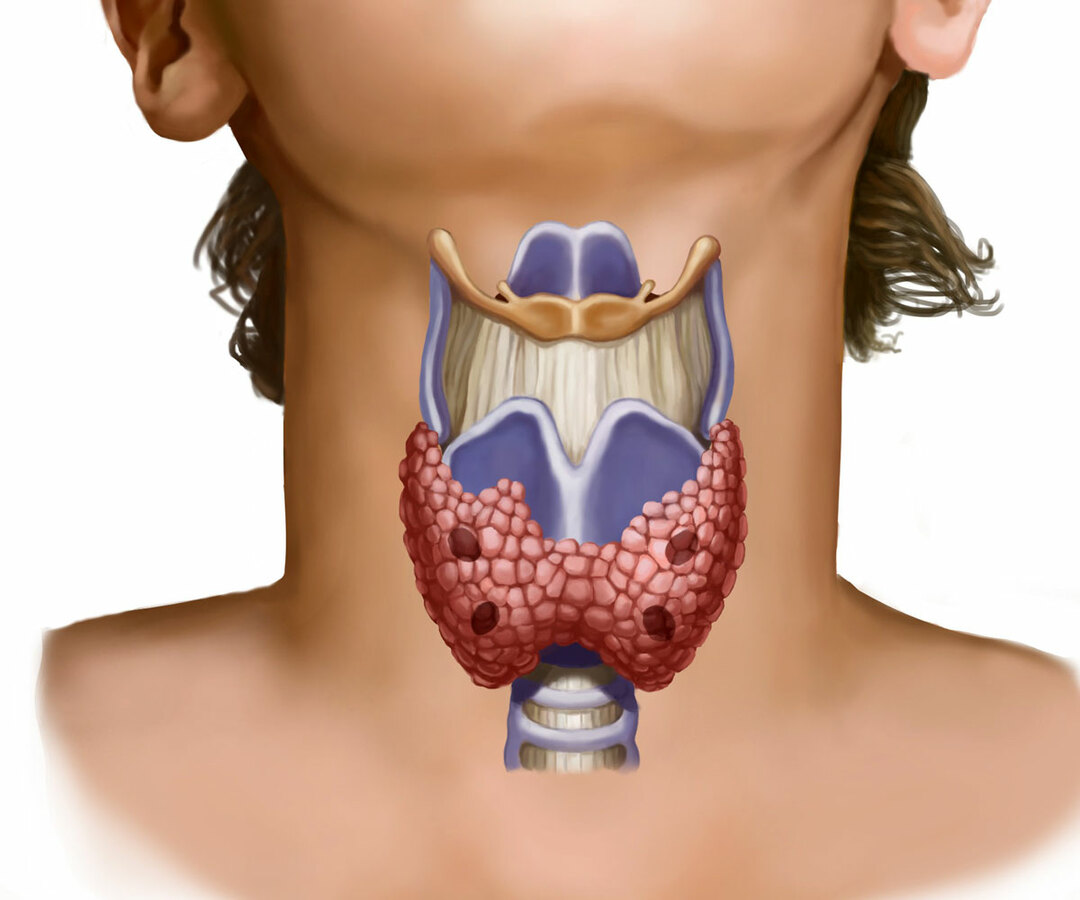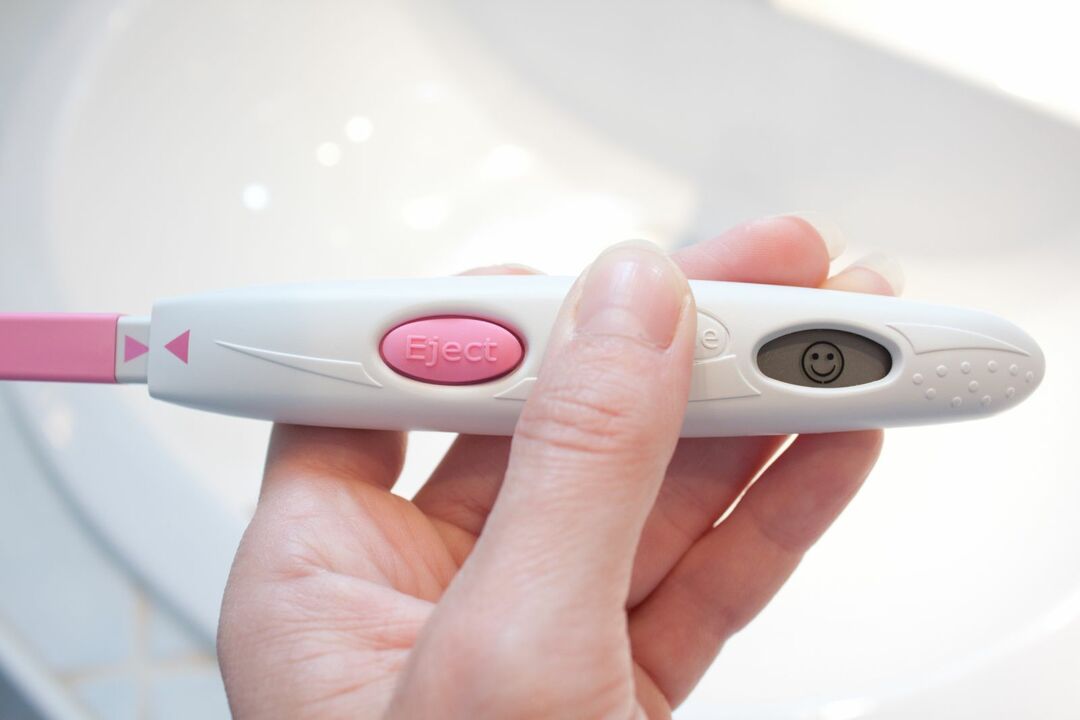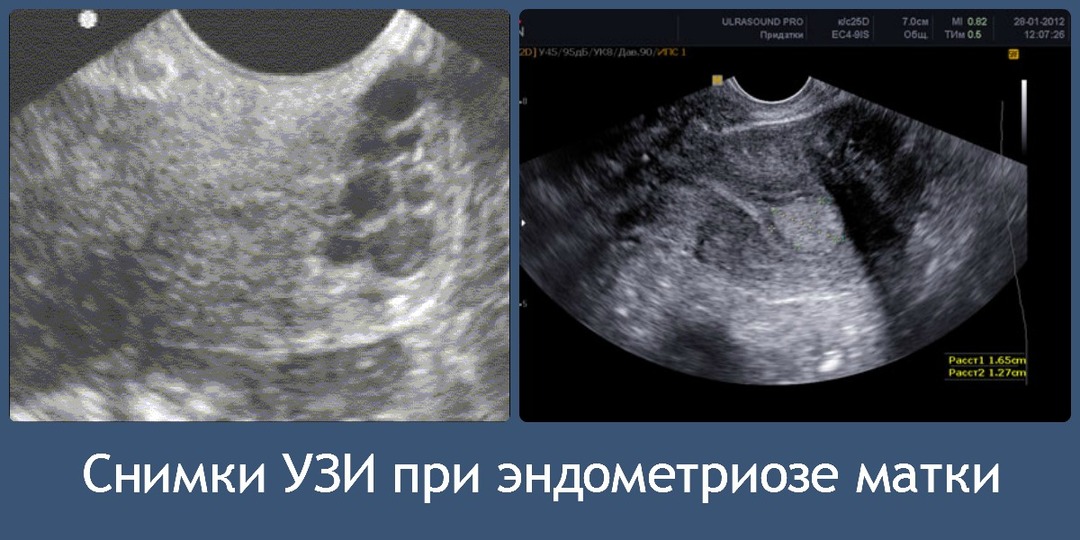Pressing pain in the head: possible causes and mechanisms of development
Contents:
- reason oppressive headache - brain compression
- Intoxication mechanism
- Chronic disease
- Dangerous symptoms that require immediate hospitalization
- First aid for oppressive headache
- Timely access to a doctor - the key to a cure
 As many know, pressing pain inThe head is a very frequent clinical sign of various disorders in our body. It may be indicative of acute infectious diseases, poisoning, congenital abnormality, gradually progressing cardiovascular diseases and many other problems.
As many know, pressing pain inThe head is a very frequent clinical sign of various disorders in our body. It may be indicative of acute infectious diseases, poisoning, congenital abnormality, gradually progressing cardiovascular diseases and many other problems.
It should be noted that the nature of the headache, its intensity for an experienced clinician indicates with a high probability of possible pathology in the patient. In addition, it often signals a serious lesion of the central nervous system, which requires immediate hospitalization in the intensive care unit.
reason oppressive headache - brain compression
The most common mechanism of a pressing headache in organic diseases of the central nervous system - compression. This happens when the pressure on the structures of the brain increases. The most striking example is cerebral edema. It occurs after increasing the permeability of the walls of blood vessels in acute or chronic venous stasis. In this case, the fluid passes into the space between the neural tissue and exerts pressure on it. Cerebral edema is a frequent complication of strokes, traumatic head injuries and infectious inflammatory processes.
Compression occurs also with the appearance of various volumetric neoplasms within the skull. First of all, we are talking about good and malignant tumors. Their cells are constantly in a state of fragmentation, which leads to the growth of pathological tissue.
 Do you know how to prevent hypertension in pregnant women? Read the advice to future mothers.
Do you know how to prevent hypertension in pregnant women? Read the advice to future mothers.
What are the paroxysmal headaches? Find out when to see a doctor.
Another harmful effect is metastasis with germination into the neighboring anatomical structures of the central nervous system and their gradual destruction. Tumors gradually increase their volume, which causes the violation of perfusion and microcirculation of the brain and leads to the development of symptoms of a pressing headache.
The head hurts and presses when other voluminous neoplasms arise, the etiology of which is not related to the cancer process. We are talking about hemorrhages, specific inflammatory processes( tuberculosis, syphilis) and the formation of cerebral abscess. Hemorrhagic stroke and subarachnoid hemorrhage are most common in neurological practice. These pathological processes occur suddenly, unlike tumors. Clinical symptoms of headache and disorders of the nervous system develops over a period of minutes. In this case, they are often accompanied by a violation of consciousness, sensitivity, movement of peripheral muscles and speech.
Intoxication mechanism
Pressing head pain also occurs with intoxication of various etiologies. First of all, one should remember here bacterial toxins that are able to penetrate the blood-brain barrier and irritate the nerve endings of meningeal membranes. This ability has many poisons - salts of heavy metals, pesticides, some plant organic substances( alkaloids, glycosides).At the same time, there is also a clinical picture of a pressing headache, general fatigue, dizziness, nausea, vomiting and meningeal symptoms. Almost
 also manifest inflammatory processes in organs that are immediately adjacent to the brain - the eyes, ears, throat, nose and sinuses. However, here the toxins have more opportunities to penetrate the brain membranes, because to a large extent the entire head is supplied with the blood of two carotid arteries.
also manifest inflammatory processes in organs that are immediately adjacent to the brain - the eyes, ears, throat, nose and sinuses. However, here the toxins have more opportunities to penetrate the brain membranes, because to a large extent the entire head is supplied with the blood of two carotid arteries.
Another phenomenon that is often observed in patients with sinusitis is the pain irradiation. This term is used if the pathological process is in one anatomical area, and the center of the greatest intensity of pain in another. And although, at first glance, there is no connection between them, everything is explained by the fact that their innervation is often provided by a single cranial nerve. The trigeminal nerve receives impulses not only from the skin and mucous membranes, but also from the membranes of the brain. When the number of signals from the affected area increases sharply, the central analyzer ceases to distinguish which organ they come from.
Chronic pathologies
Pressing head pain is in many cases a sure sign of increasing blood pressure and the development of hypertensive crisis. In addition to these episodes, his testimony may not exceed the permissible standards. It is believed that severe pressing pain more often occurs in young people, even with an increase in blood pressure to 140-150 mm Hg.
The hypertensive crisis often occurs after excessive physical exertion, emotional stress and overwork. After lowering blood pressure, the symptoms of a headache almost instantly pass.
Glaucoma is characterized by the appearance of a pronounced pressing headache in the forehead. With this disease, there is an increase in pressure inside the eye chambers, which leads to visual impairment and unpleasant symptoms.
Dangerous symptoms that require immediate admission
Although headache is often only a functional symptom of exposure to the central nervous system, one should always remain cautious and closely monitor the patient's condition. The presence of one of the following symptoms in him is an indication for mandatory hospitalization:
- severe headache, which is not relieved by analgesics;
- increase in body temperature above 39.0 ° C;
- speech impairment;
- impaired consciousness( stupor, sopor, coma), persistent drowsiness;
- surface respiration;
- constant vomiting, which does not bring relief;
- sudden loss of vision, tactile sensitivity;
- motor impairment or severe loss of limb strength;
- presence in the anamnesis of a craniocereberal trauma.
Important! If you are pressured by ears and headache, then immediately consult a doctor.
First aid for a persistent headache
Drugs for choice for a headache remain non-steroidal anti-inflammatory drugs( NSAIDs).They are able to inhibit the production of inflammatory mediators of prostaglandins, thereby reducing the severity of symptoms. The following drugs are most commonly used in clinical practice:
- Paracetamol;
- Ibuprofen;
- Ketanov;
- Meloksikam;
- Aspirin.
It is necessary to treat the underlying cause, which led to the development of a pressing headache. So, in infectious processes, antimicrobials are prescribed, with hypertensive crisis - beta-blockers, nitrates or inhibitors of calcium channels.
 Should I take analgin against a headache? Learn about the adverse effects of the drug on the body.
Should I take analgin against a headache? Learn about the adverse effects of the drug on the body.
Read about the use of Citramon: indications, contraindications, dosages.
Does Nosh help with headaches? In what cases is the drug contraindicated.
Timely call to the doctor - the key to recovery
Pressing headache is a symptom of a variety of pathologies that lead to the defeat of the central nervous system. The influence of toxins, the progression of bacterial and viral diseases, hemorrhages, increased blood pressure and the growth of tumors often become the cause of its development. You can learn more about the causes of the pressing headache by watching the video.
write the question in the form below:



